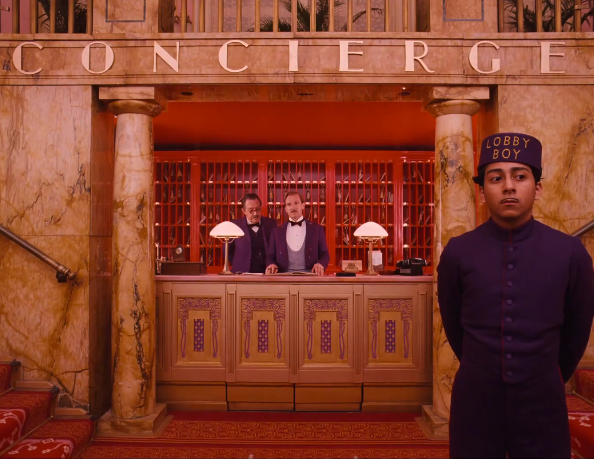Slumdog Millionaire (dir. Boyle) Cinematography Sequence
TEAS Analysis
Danny Boyle’s 2008 drama film ‘Slumdog Millionaire’ follows Dev Patel’s Jamal Malik as he competes in the Indian version of ‘Who Wants To Be a Millionaire?’. Critically, the film was a sleeper hit, gaining wide acclaim after its nationwide release.
Cinematographer Dod Mantle shoots using high angles, principally in the establishing shot of the sequence, forcing us as the audience to look down on the slums of Mumbai as we are introduced to them. This could be interpreted as a metaphor for India’s economic divide, with the privileged elite looking down on the impoverished, or, perhaps given the film’s focus on the social context of late twentieth century India, a commentary on how the Hindu majority saw the Muslim minority as below them; a social division that informs the conflict later in the scene.
However, as the conflict evolves into a chase sequence Dod Mantle instead utilises low angles that don’t always track the subject, exaggerating the frenzied and chaotic feel of the escape. The low angles allow us to see the world from the perspective of the children we are following, and thus relate to their turmoil and confusion, reminding us of their vulnerability in such a conflict.
